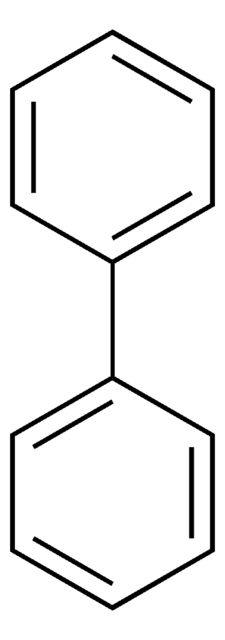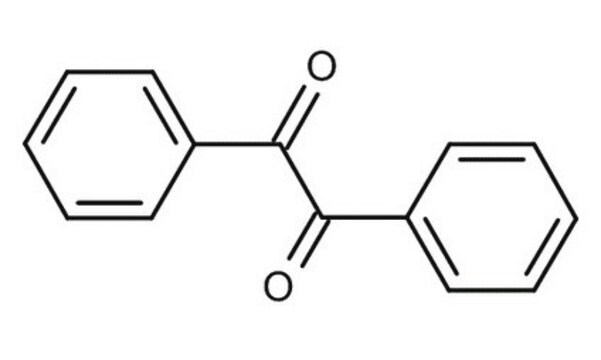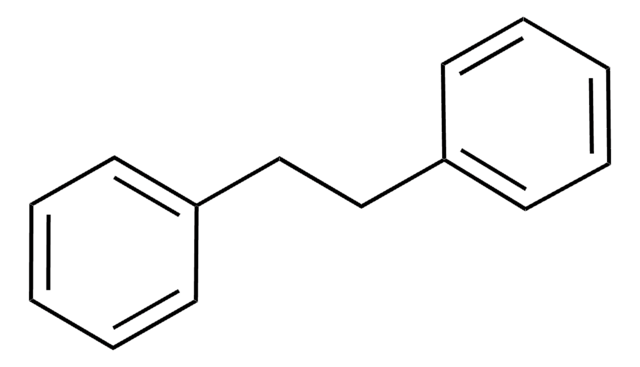W312908
Biphenyl
≥99%
About This Item
Produits recommandés
Source biologique
synthetic
Niveau de qualité
Agence
meets purity specifications of JECFA
Densité de vapeur
5.31 (vs air)
Pression de vapeur
9.46 mmHg ( 115 °C)
Pureté
≥99%
Forme
flakes
powder or crystals
Température d'inflammation spontanée
1004 °F
Limite d'explosivité
0.6 %, 111 °F
5.8 %, 166 °F
Point d'ébullition
255 °C (lit.)
Pf
68-70 °C (lit.)
Application(s)
flavors and fragrances
Documentation
see Safety & Documentation for available documents
Allergène alimentaire
no known allergens
Propriétés organoleptiques
geranium; green
Chaîne SMILES
c1ccc(cc1)-c2ccccc2
InChI
1S/C12H10/c1-3-7-11(8-4-1)12-9-5-2-6-10-12/h1-10H
Clé InChI
ZUOUZKKEUPVFJK-UHFFFAOYSA-N
Informations sur le gène
human ... CYP1A2(1544) , ESR1(2099)
Vous recherchez des produits similaires ? Visite Guide de comparaison des produits
Description générale
Clause de non-responsabilité
Mention d'avertissement
Warning
Mentions de danger
Conseils de prudence
Classification des risques
Aquatic Acute 1 - Aquatic Chronic 1 - Eye Irrit. 2 - Skin Irrit. 2 - STOT SE 3
Organes cibles
Respiratory system
Code de la classe de stockage
13 - Non Combustible Solids
Classe de danger pour l'eau (WGK)
WGK 2
Point d'éclair (°F)
230.0 °F - closed cup
Point d'éclair (°C)
110 °C - closed cup
Équipement de protection individuelle
dust mask type N95 (US), Eyeshields, Gloves
Faites votre choix parmi les versions les plus récentes :
Déjà en possession de ce produit ?
Retrouvez la documentation relative aux produits que vous avez récemment achetés dans la Bibliothèque de documents.
Les clients ont également consulté
Notre équipe de scientifiques dispose d'une expérience dans tous les secteurs de la recherche, notamment en sciences de la vie, science des matériaux, synthèse chimique, chromatographie, analyse et dans de nombreux autres domaines..
Contacter notre Service technique












